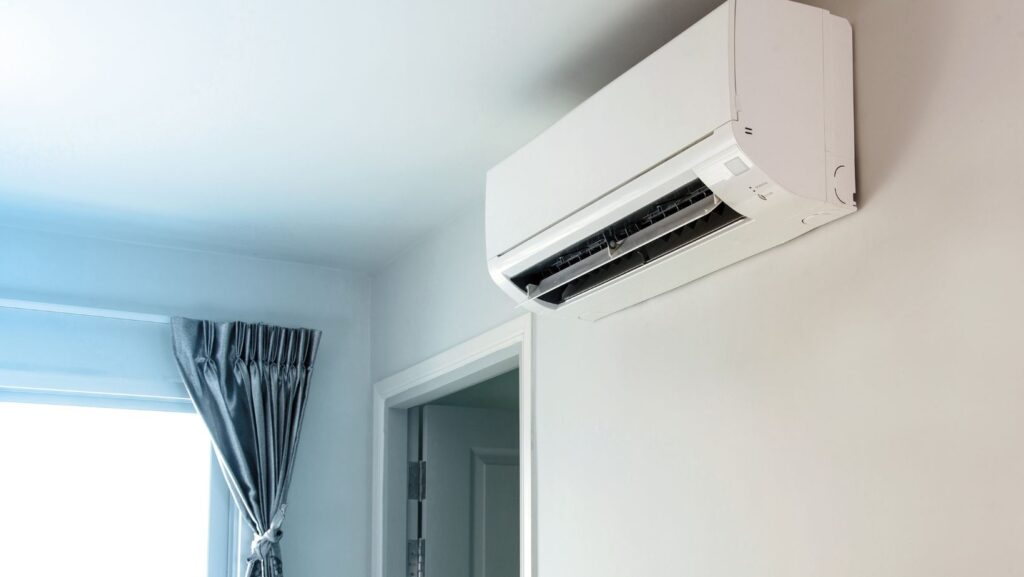When the summer heat peaks, keeping your home comfortable becomes a priority. However, running the air conditioning system at full blast can quickly lead to skyrocketing energy bills. Fortunately, there are plenty of strategies to maintain a cool home while keeping energy costs in check. Here’s how you can beat the heat without emptying your wallet.
Maximize Natural Ventilation
One of the simplest ways to cool your home is by taking advantage of natural ventilation. Open windows and doors strategically to create a cross-breeze. This allows fresh air to circulate and pushes out warm air. Early mornings and evenings are ideal times to let cooler air flow in, especially if temperatures drop significantly overnight.
Tips for Effective Ventilation:
- Place fans near windows to draw in cool air or expel warm air.
- Use door stops to prop doors open and enhance airflow between rooms.
- Avoid opening windows during peak afternoon heat, as it can let hot air inside.
Upgrade Window Treatments
Windows are one of the main sources of heat gain in a home. Upgrading your window treatments can significantly reduce indoor temperatures. Opt for options that block or reflect sunlight, such as:
- Blackout curtains: These are designed to block sunlight entirely, keeping rooms cooler.
- Thermal blinds: They add an insulating layer to your windows, reducing heat transfer.
- Reflective window film: An affordable solution that reflects sunlight and reduces glare.
Keeping blinds or curtains closed during the hottest parts of the day can make a noticeable difference in your home’s temperature.
Use Ceiling and Portable Fans
Fans are a cost-effective way to stay cool. Unlike air conditioning, fans don’t lower the room’s temperature but create a wind-chill effect that makes you feel cooler.

Ceiling fans, in particular, can enhance comfort significantly when used correctly.
Tips for Fan Usage:
- Set ceiling fans to rotate counterclockwise during the summer to push cool air down.
- Use portable fans in areas where you spend the most time.
- Pair fans with a bowl of ice for a DIY cooling hack that circulates chilled air.
Seal Leaks and Insulate
Proper insulation and sealing air leaks are essential to maintaining a cool home. Gaps around doors, windows, and vents can let in warm air, making it harder to keep your space comfortable. Sealing these gaps prevents heat from sneaking in and reduces the workload on your cooling systems.
Steps to Improve Insulation:
- Use weatherstripping or caulk to seal gaps around windows and doors.
- Install door sweeps to block drafts at the bottom of doors.
- Insulate your attic, as heat often enters through the roof.
Adopt Energy-Efficient Habits
Small changes in daily habits can lead to big savings on energy bills. For instance, avoid using heat-generating appliances during the day. Cooking, laundry, and dishwashing produce heat that can make your home feel warmer. Instead, schedule these activities for the evening or early morning.
Additional Tips:
- Switch to LED light bulbs, which emit less heat compared to traditional bulbs.
- Unplug electronics when not in use, as they generate heat even in standby mode.
- Close off unused rooms to concentrate cooling efforts where they’re needed.
Optimize Landscaping
Your home’s exterior can play a significant role in maintaining indoor temperatures. Strategic landscaping can provide shade and reduce heat absorption.
Landscaping Ideas for Cooling:
- Plant trees or shrubs near windows to block direct sunlight.
- Install a pergola or awning to shade outdoor spaces.
- Use reflective mulch or light-colored ground coverings to reduce heat absorption around your home.
Upgrade Your Cooling System
If your current cooling solution is outdated, it may be time for an upgrade. Modern cooling systems are more energy-efficient and can help lower utility bills in the long run. Utility Bidder can help you compare energy providers, ensuring you secure the best rates to complement the savings from your upgraded, energy-efficient cooling system.

If you rely on an air conditioning system, ensure it is serviced regularly to maintain optimal performance.
Maintenance Tips:
- Clean or replace air filters every 1-2 months.
- Check for any obstructions around vents to improve airflow.
- Schedule professional maintenance annually to ensure the system is running efficiently.
Incorporate Reflective Roofing
Your roof absorbs a significant amount of heat, which can transfer into your home. Reflective roofing materials or cool roof coatings can minimize this effect. These materials reflect more sunlight and absorb less heat, keeping your home cooler and reducing the strain on your cooling systems.
Embrace Smart Home Technology
Smart thermostats are a great investment for managing energy use. They allow you to control your home’s temperature remotely and program cooling schedules based on your daily routine.
Benefits of Smart Thermostats:
- Automatically adjust temperatures when you’re not home.
- Provide insights into your energy usage to help you make informed decisions.
- Allow for easy integration with other smart devices in your home.
Staying cool doesn’t have to mean a hefty energy bill. By implementing these strategies, you can create a comfortable living environment while saving money and energy. Choose the methods that work best for your home and enjoy a cooler, more efficient summer.
